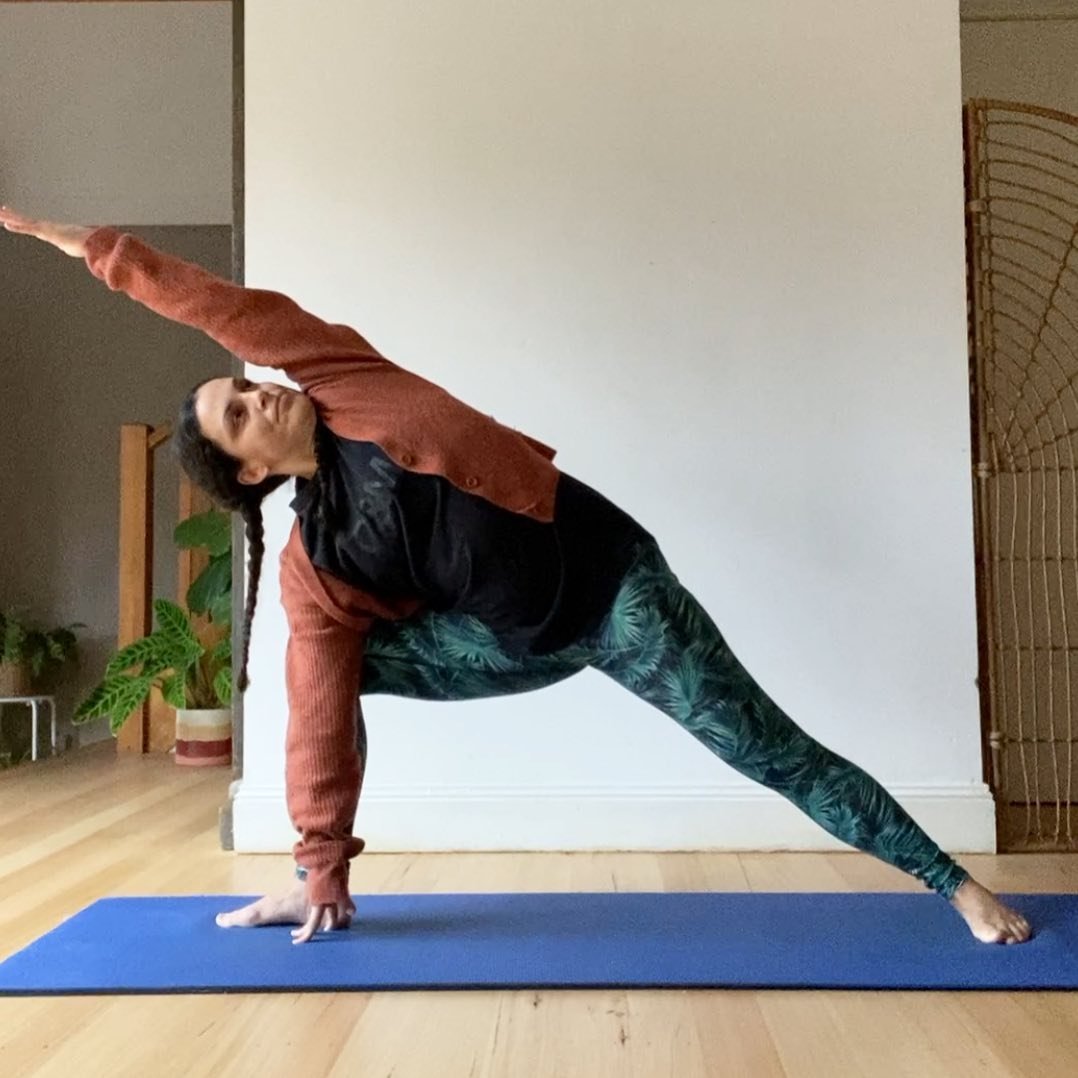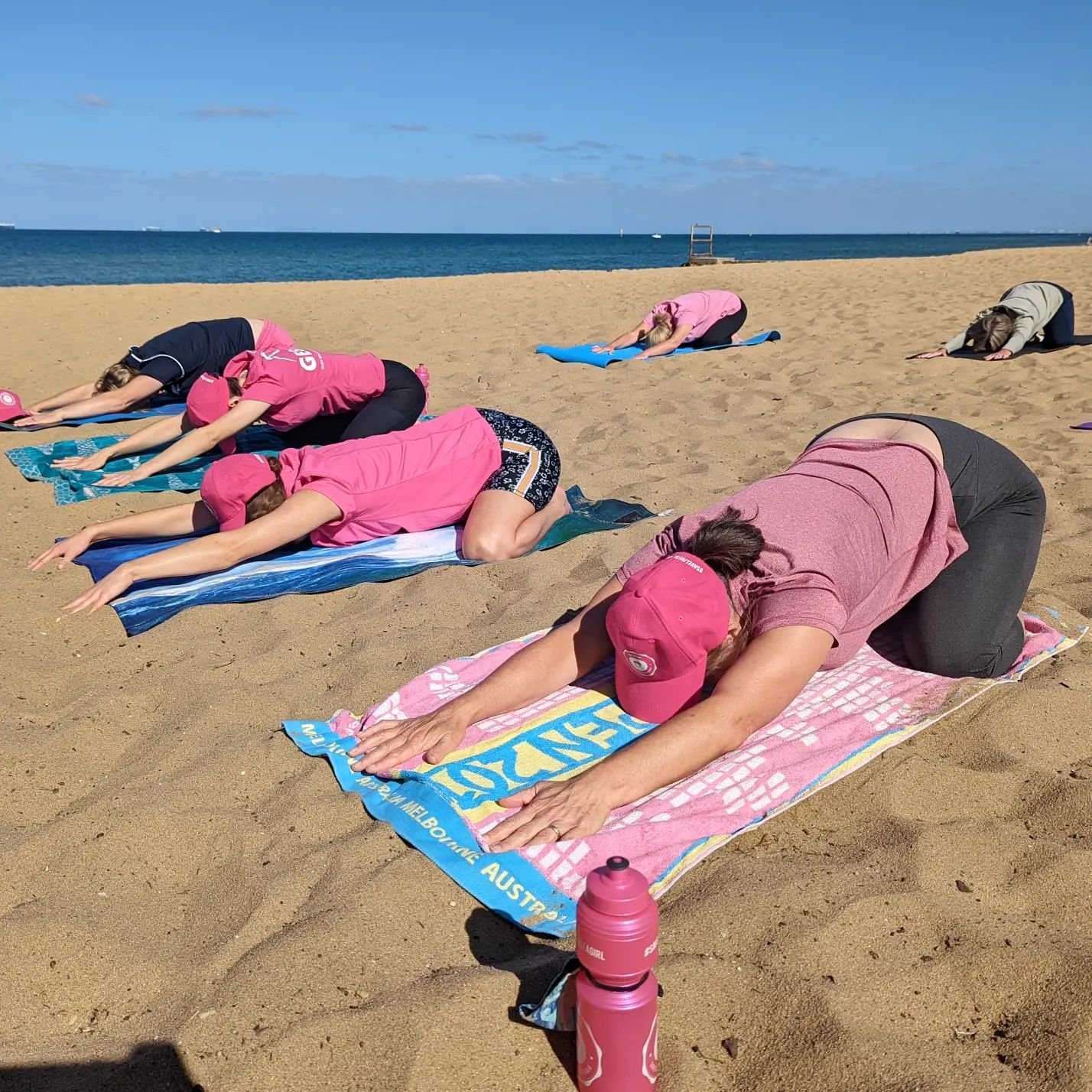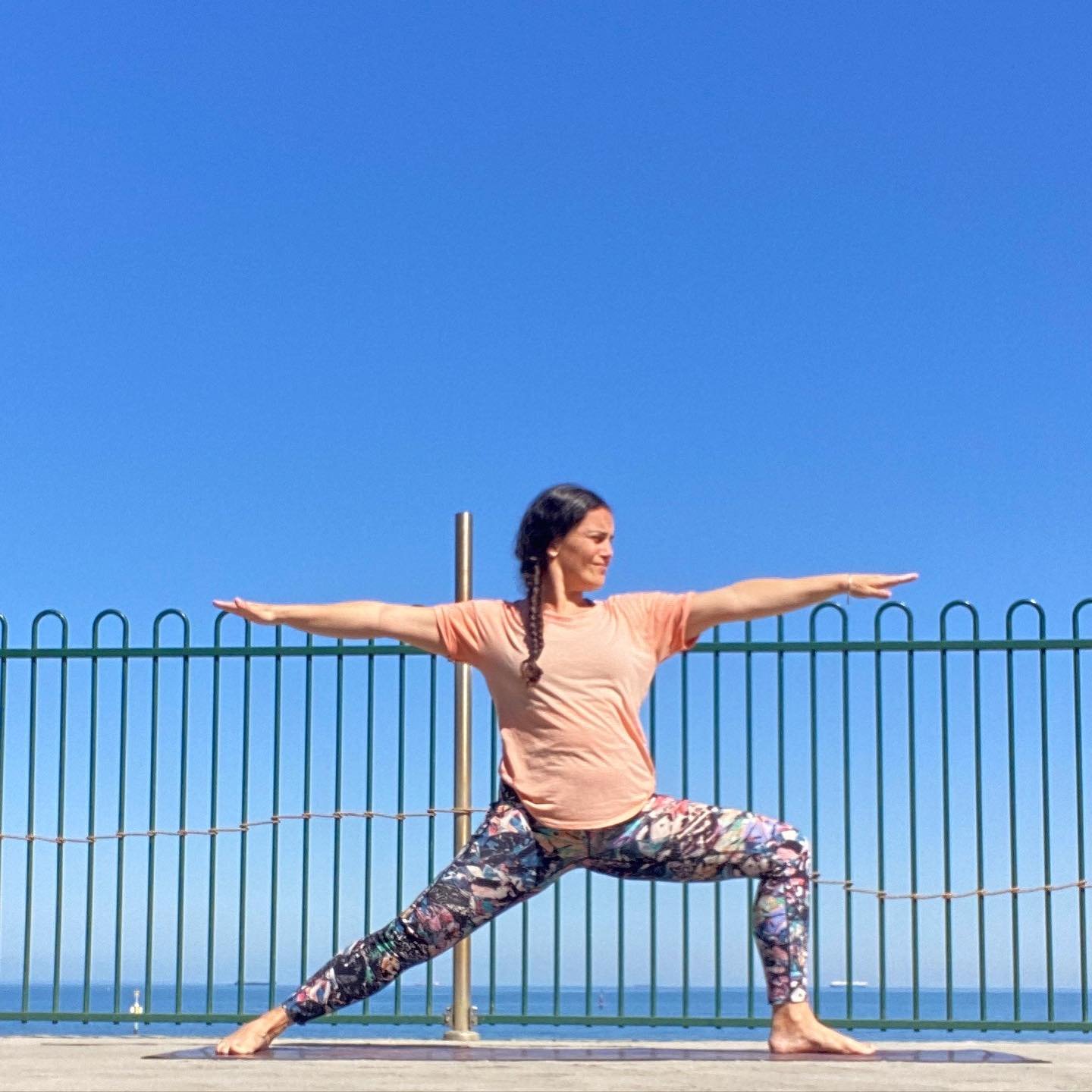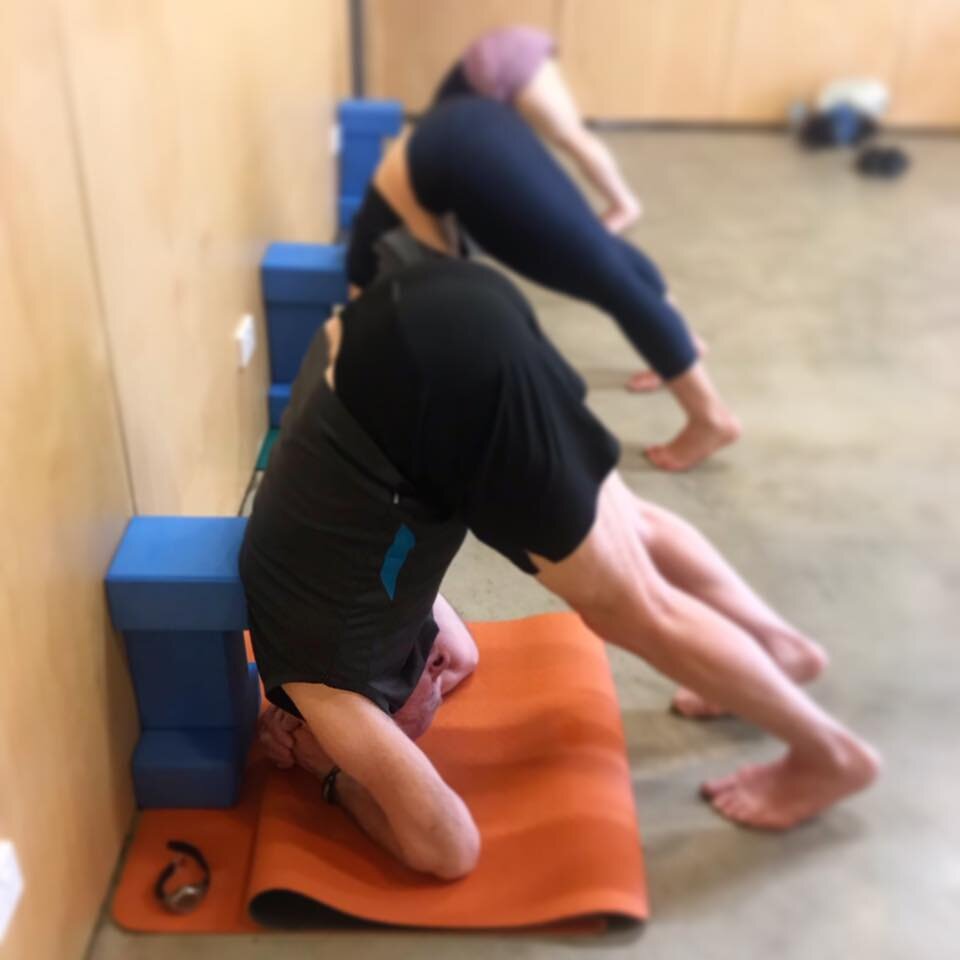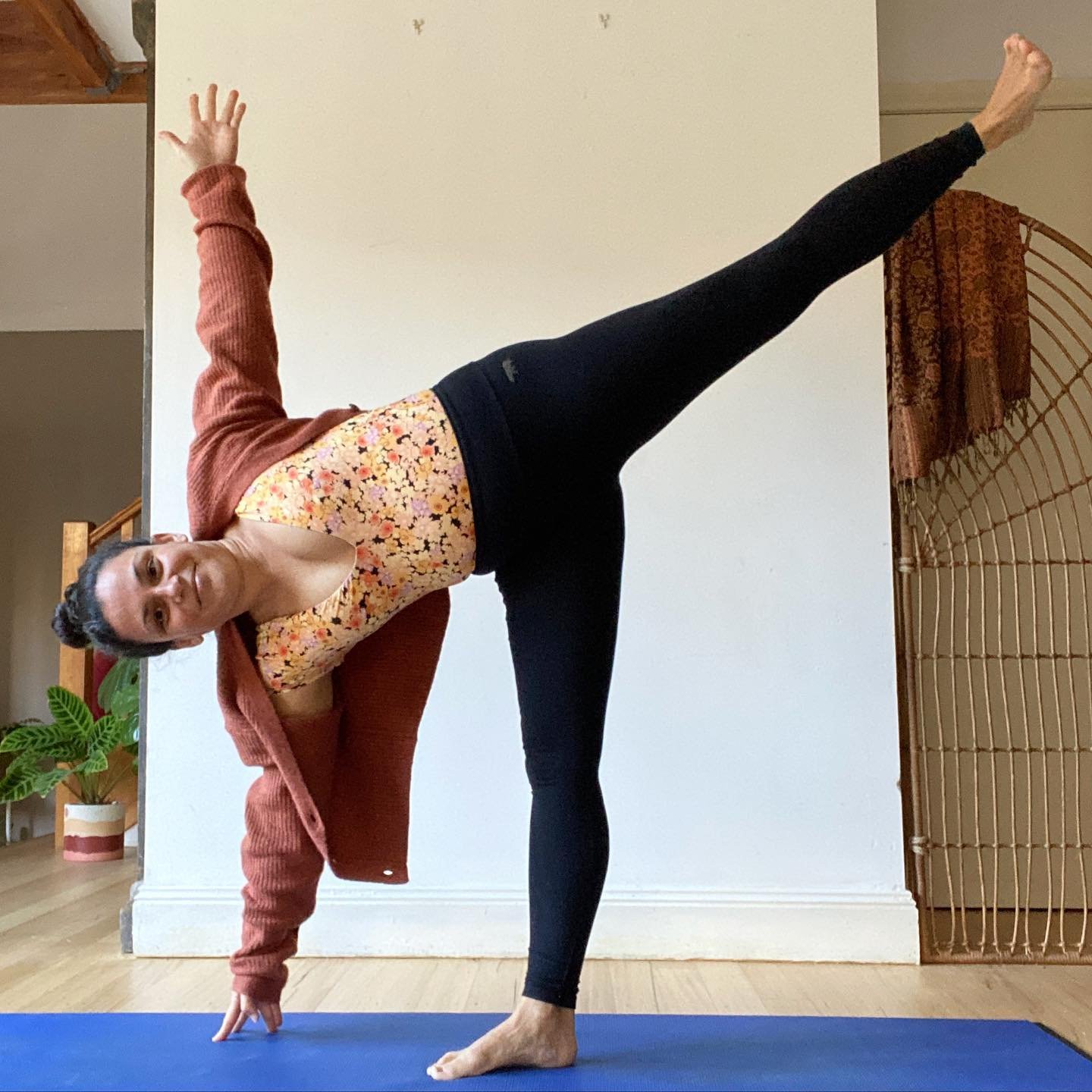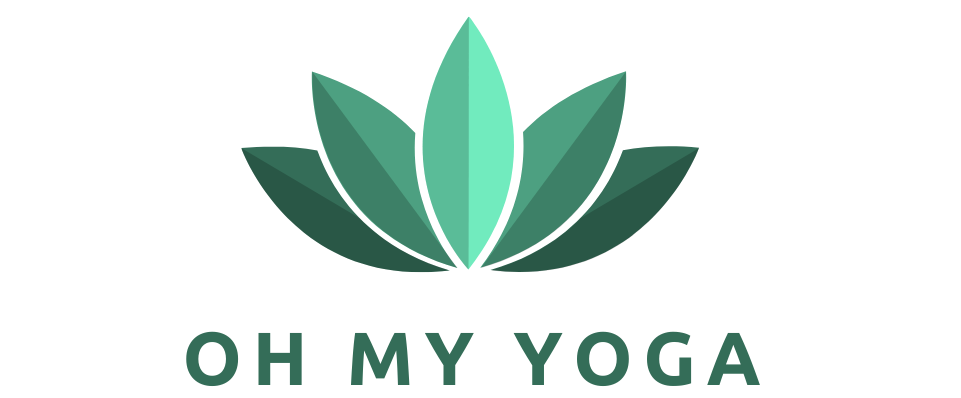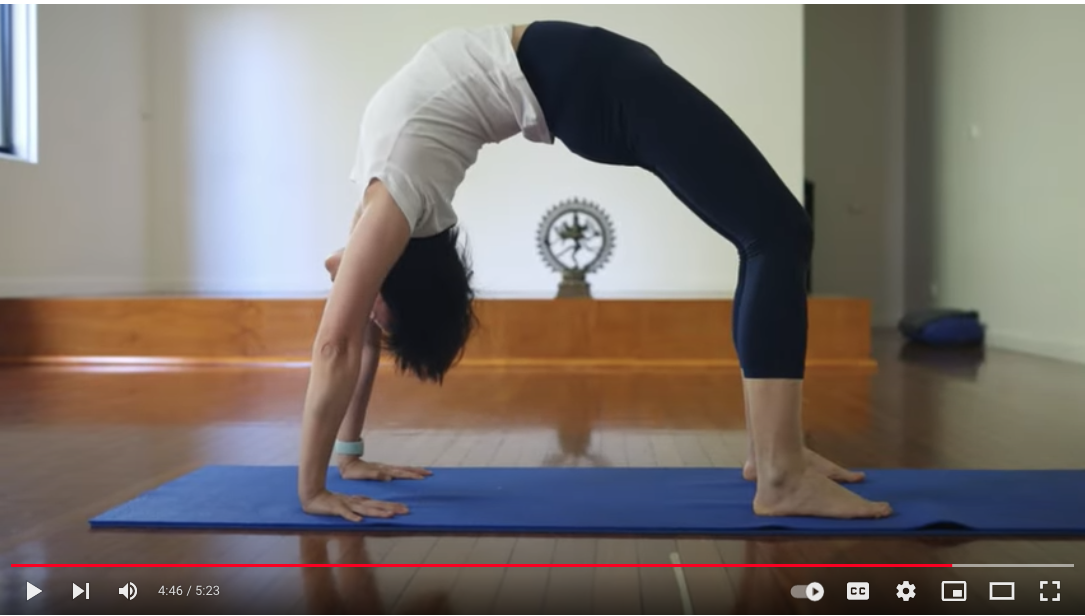
About Iyengar Yoga
Iyengar yoga was founded and developed in India by BKS Iyengar .
Known for its focus on alignment, precision, timing and use of props; Iyengar yoga allows people of all abilities to practice and experience the benefits of this ancient art and science.
Classes are physically and mentally challenging, profoundly calming and grounding, and aim to create balance in the body and mind. Read about BKS Iyengar’s yoga journey here.
Features of Iyengar yoga…
Props
The prolific use of props in Iyengar Yoga can be seen by some as ‘cheating’. But the props are not designed to make the pose any easier, nor do we rest and rely on them. The use of blocks, bolsters, belts, ropes and chairs is designed to help students perform difficult asanas, to remain in them for longer and with less effort or strain. This allows us to observe our body and mind, as well as deepen our awareness and understanding of the pose.
Read more about why we use props here.
Inversions
Iyengar yoga places an emphasis on inversion - poses which turn the body upside-down, and you’ll find many classes will include Salamba Sarvangasana (shoulder stand) and Salamba Sirsasana (head stand) - or variations of these poses to balance and end each class. It’s not something you’ll practice as a beginner, but in time, with guidance from an experienced teacher and careful practice you’ll come to enjoy inversions and experience their profound benefits!
Read about the benefits of inversions here.
Sanskrit
Iyengar yoga teachers will often call the poses by their traditional Sanskrit names. The original Yoga texts were written in this ancient language and using these unfamiliar words helps to preserve the tradition of yoga. Sanskrit is also believed to deliver therapeutic benefits through its vibrational sound frequency. Don’t worry, I also use the Western names too - but you’ll soon learn the Sanskrit names, just as I have!
Learn some key Sanskrit yoga words here.
Self Discovery
BKS Iyengar once said, '“How can you know god if you don’t even know your big toe?” Whether you believe in god or not, is not the point. Simply substitute ‘god’ for joy or peace! While yoga is most commonly known as a physical practice where we create shapes with the body, it also works on a deeper level. As we’re developing strength, flexibility and stability in the body, we’re also observing and developing self awareness.
Read more in this article by Joel Kramer.
Video from Iyengar Yoga Associaiton of Australia (IYA)


